“You must be nuts! How can this be fun?!” —said my sweet wife with some exasperation in her voice. This was early one morning during the third week of January. The outside temperature was hovering just above freezing. With cheerful anticipation, I replied, “It’s supposed to be a bright, sunny day in the mid-40s. By the time I drop off the Blue Ridge into North Carolina, it will be in the 50s. Actually, it’s going to be a great day for a ride,” I said, truthfully but unconvincingly.

From my home in southwestern Virginia, I was headed to a BMW motorcycle rally at Camp Blanding, Florida, located between Jacksonville and Gainesville. The weather forecast looked promising, unlike last year’s event when the temperature on my ride back dropped as low as 14 degrees F. This was going to be a solo ride given that all my riding buddies had other plans. Or maybe they simply agreed with my wife.
I enjoy my riding friends, but once in a while a long, solo ride can be a cathartic experience; it clears my mind of current minutiae and allows focus on seldom-visited places in corners of my brain. I can move at my own pace and visit places that may appeal only to me—like “hole-in-wall” coffee shops, certain attractions, or places to remember from my past. Besides visiting some interesting National Parks, I took a “ride down memory lane.”
Kings Mountain National Military Park west of Charlotte, NC, pulled me off I-77 to an isolated, wooded, stretch of two-lane pavement that entered the park just as it passed over the border into South Carolina. Thomas Jefferson called the battle of Kings Mountain, fought October 7th, 1780, “The turn of the tide of success,” as it was the first major patriot victory to occur after the British invasion of Charleston, SC, in May 1780.
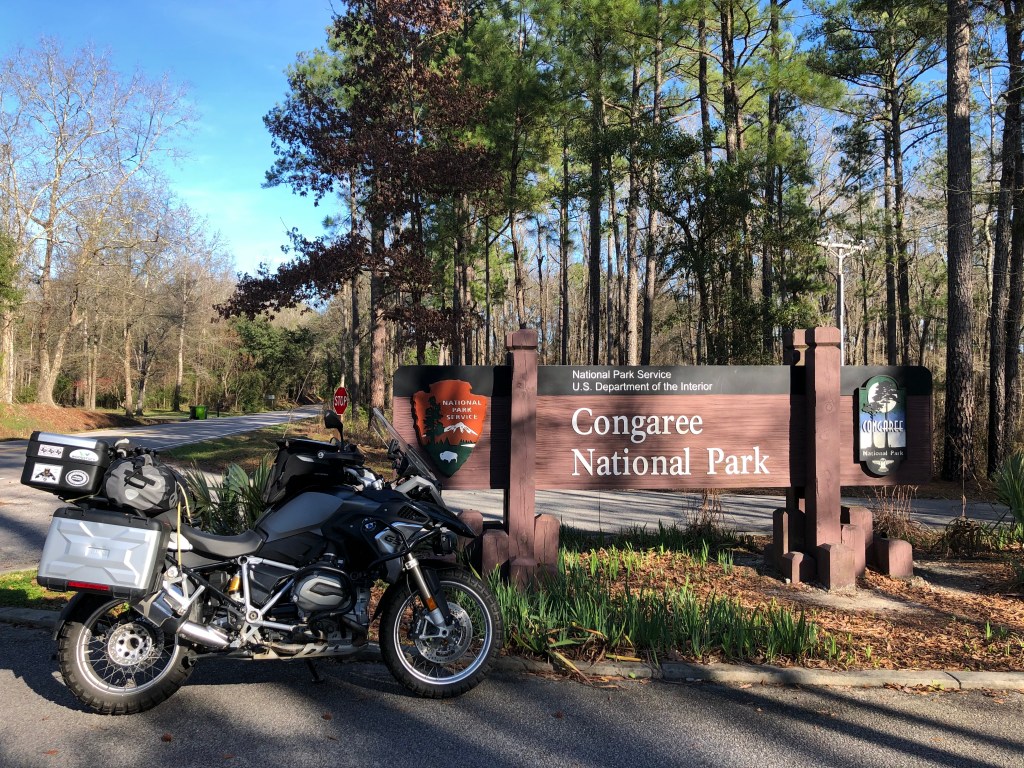
From Kings Mountain, I rode mostly two-lane country roads to Congaree National Park, southeast of Columbia, SC, which preserves the largest tract of old-growth bottom-land hardwood forest left in the United States. I would need to come back another time to take advantage of hiking, fishing and camping opportunities in this beautiful forest.
From there, it was a warm, sunny ride east of Savannah, GA, to Fort Pulaski National Monument where, in 1862 during the Civil War, the Union Army successfully tested rifled cannon in combat. The superior range and accuracy of the rifled cannon, and the devastation inflicted on the masonry fort, quickly compelled the Confederate garrison to surrender.
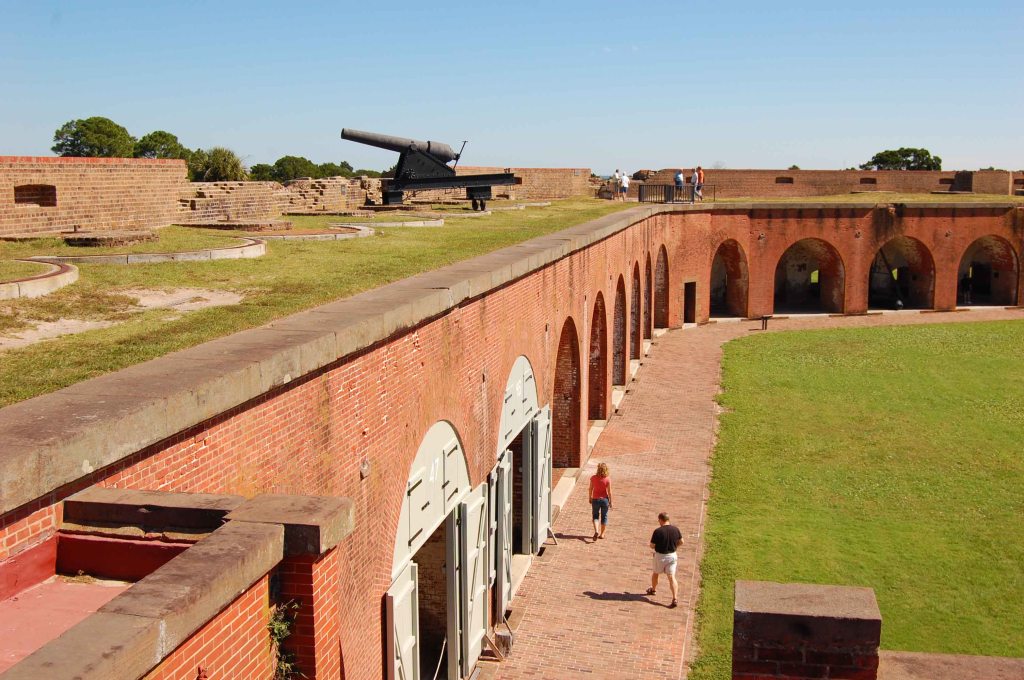
Reaching Fort Pulaski required riding through downtown Savannah along the waterfront. Savannah is a beautiful city, I know because I lived there for a short time in 1969 while completing US Army flight school at Hunter Army Airfield.
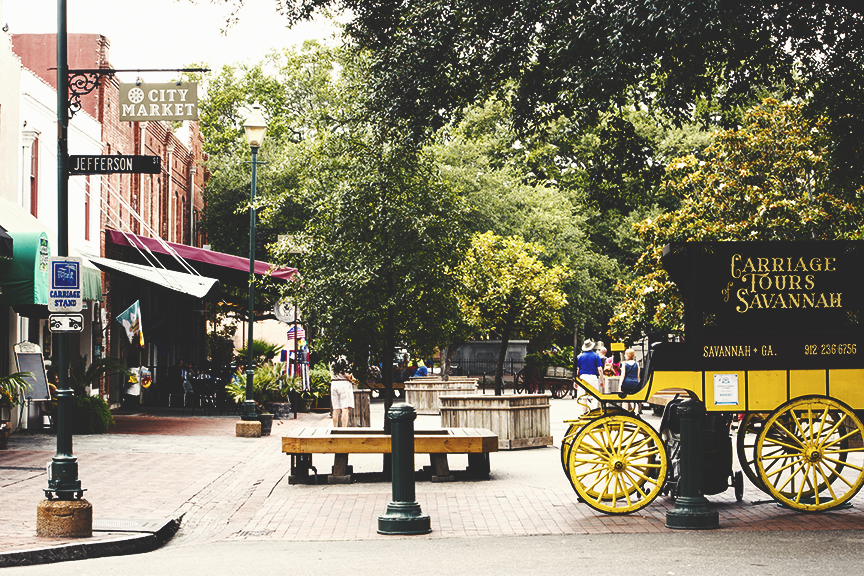

I rode back through the city and stopped at the gate of the Army Base. It had been over 50 years since I passed through. I thought about trying to enter, but ever since 9-11-2001, civilian access is a difficult process and usually requires a military sponsor. None the less, from the gate I could see in the distance what I thought was the flight training building where each morning I met CW2 Parker, my flight instructor. In the building when he arrived, I would hear a faint but distinctive putt-putt-putt of his 1969 BMW R60, the one he brought with him after his tour in Germany. After flight lessons, I spent a lot of time admiring his motorcycle. Aside from the UH-1 Huey helicopter I was learning to fly, I thought it was the most beautiful piece of machinery I had ever seen!


We had a nice time riding our motorcycles around the Savannah area in our off time, my buddies and I. At the time I had a Honda CL350 Scrambler. It was a great little bike. My companions had similar machines. But we were all lusting after the big, sexy, new Honda CB750 that had just debuted from Japan. That is until I saw my instructor’s BMW. The photos above compare the two. My buddies called the BMW an “ugly duckling” compared to the looks of the new Honda. Was I biased because of my German heritage? How could they not see the beauty in function and workmanship packaged in the BMW? Our arguments about the virtues of each bike were moot because within weeks all three of us were ordered to Vietnam. Shortly after arriving, I requested an assignment in Germany for my next tour of duty. God willing, I would own one of those black BMW beauties.
It was 75 degrees and sunny as I approached Camp Blanding joint Training Center where the rally was held. Camp Banding is the primary military reservation and training base for the Florida National Guard. While living in Gainesville and attending the University of Florida, 1975-78, I flew helicopters part-time for the Florida Guard. My unit provided aviation support to ground units training at Camp Blanding, therefore, I knew the place well. The headquarters area is on the shore of Kingsley Lake as are campgrounds and recreation facilities. Those campgrounds would now be filled with several hundred tents owned by BMW motorcycle riders.
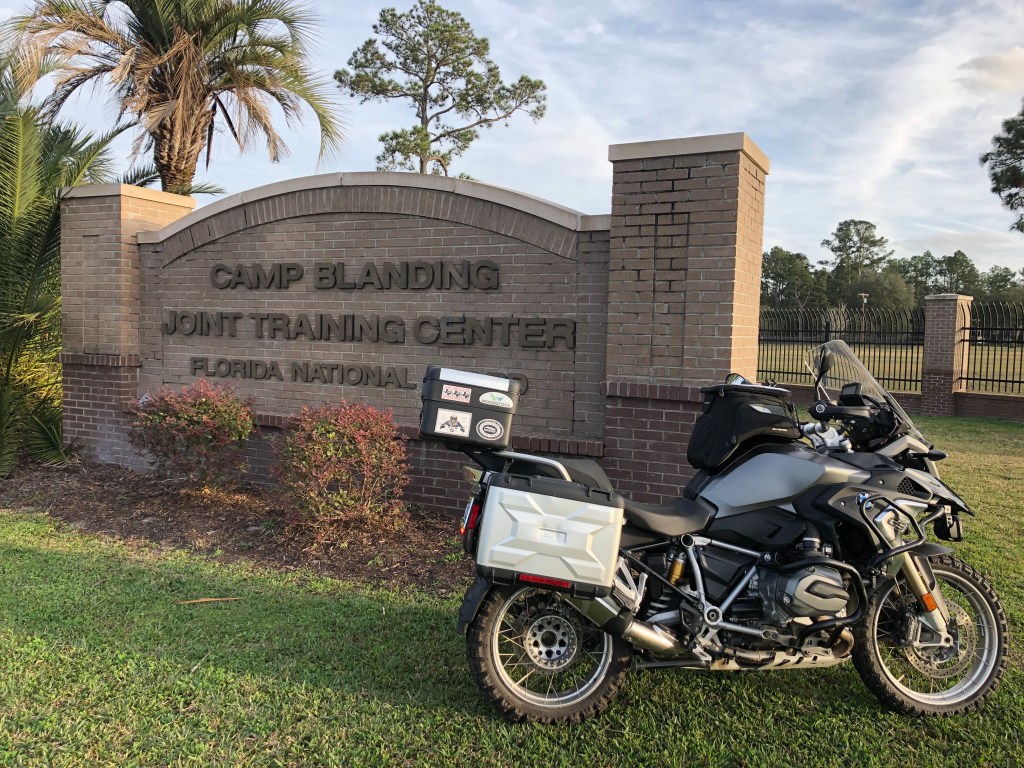

It was a long period of deferred gratification, but I did come to own a BMW motorcycle. After a year in Vietnam, I was assigned to the 7th Army Training Center in Grafenwhor, Germany. Within weeks of arriving, I was riding my own brand new R75/5. Yes, it was black; the only color available at the time. I brought it back to the states when my tour of duty ended and rode it past the gate of Camp Blanding every other weekend on my way to National Guard duty.
“May I see your driver’s license?” the guard asked as I pulled up to the gate and killed the engine. “I need to compare it against the rally registration list. I assume you are registered for the rally?” “Indeed I am,” I replied. He found my name, returned my license, and snapped a yellow band around my left wrist. “Drive carefully and have a good ride,” he said.
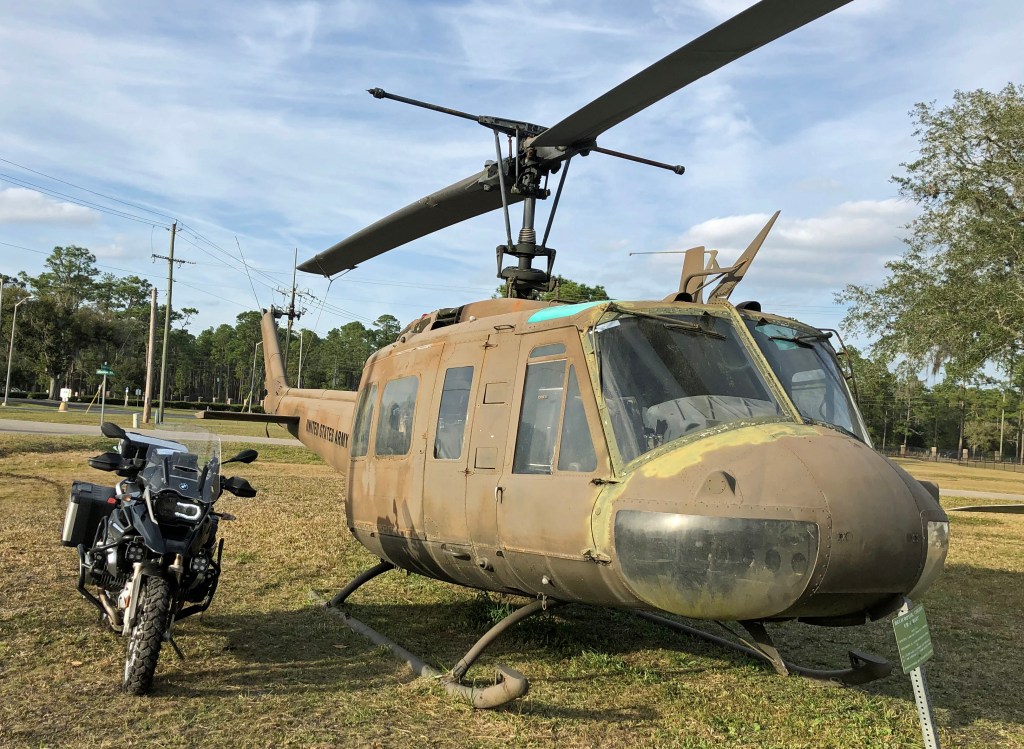
Just inside the gate are a military museum and static display of various Army battle machinery and aircraft. I rode my motorcycle up next to one of two Vietnam vintage Huey helicopters on display. I should have admired her from a distance. I knew she was never meant to fly again, but the old bird was in such terrible shape it made me quite sad. None the less, I touched and rubbed her in many familiar places, subconsciously looking for bullet holes, as it brought back 50-year-old memories of the hundreds of hours I piloted the machine. As I inspected the flight controls, I thought of the letter John Steinbeck, the 1962 Nobel Laureate in literature (The Grapes of Wrath, Of Mice and Men), wrote to Alicia Patterson, editor, and founder of Newsday, the Long Island, NY, newspaper. Between December 1966 and May 1967, Steinbeck contributed nearly 60 columns on the Vietnam war to Newsday.
On 7 January 1967, Steinbeck was at Pleiku, Vietnam, where he flew aboard a UH-1 Huey helicopter with D Troop, 1st Squadron, 10th Cavalry. He wrote this note to Alicia about the helicopter pilots:
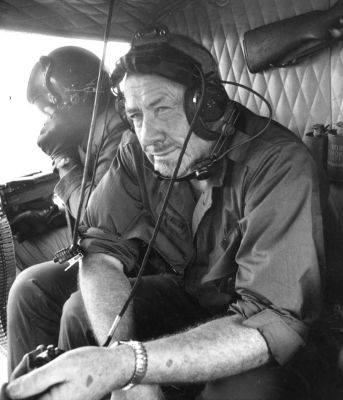
in Vietnam, January 1967.
“I wish I could tell you about these pilots. They make me sick with envy. They ride their vehicles the way a man controls a fine, well-trained quarter horse. They weave along stream beds, rise like swallows to clear trees, they turn and twist and dip like swifts in the evening. I watch their hands and feet on the controls, the delicacy of the coordination reminds me of the sure and seeming slow hands of (Pablo) Casals on the cello. They are truly musicians’ hands and they play their controls like music and they dance them like ballerinas and they make me jealous because I want so much to do it. Remember your child night dream of perfect flight free and wonderful? It’s like that, and sadly I know I never can. My hands are too old and forgetful to take orders from the command center, which speaks of updrafts and side winds, of drift and shift, or ground fire indicated by a tiny puff or flash, or a hit and all these commands must be obeyed by the musician’s hands instantly and automatically. I must take my longing out in admiration and the joy of seeing it. Sorry about that leak of ecstasy, Alicia, but I had to get it out or burst.”
As I pulled away from the helicopter static display and rode toward the rally site to join my mostly-senior-citizen rally buddies, I thought about Steinbeck’s observations. Compared to flying, I ride a motorcycle in two-dimensional space instead of three, but the “delicacy of the coordination” of hands and feet on the clutch, brakes, throttle, and gear shift, and indeed the shifting of body parts in the seat or on the footpegs, is similar to that credited to the pilots by Steinbeck.
I stopped flying helicopters decades ago, but I still ride motorcycles. I gave up my old “black beauty” that I brought back from Germany for a lovely, new 1978 sky blue BMW that still resides in my man cave. Three additional iterations of modern BMW machines has me riding a 2018 BMW R1200GS adventure bike that I am still trying to master. I’ve watched young, strong riders make it “dance like a ballerina”. Like Steinbeck, “they make me jealous because I want so much to do it.” Are my hands and feet “too old and forgetful? Perhaps. But I am not nuts for trying. The ride on this machine is fun in any weather.

For more motorcycling travel stories go HERE:

Thanks, Jim. I always enjoy your blog
LikeLike
Beautiful memoir of interweaving travelogues, Jim.
LikeLike
Thanks, Connie. I know you can relate to a lot of it.
LikeLiked by 1 person
You were in St Augustine and did not call, and to make it worse you went to the beach without me? That is it! I am putting you in the black book. FM
LikeLike
Where did I get the impression you all were out of the country? The black book? I don’t think I want to be there! I need to find a way to make up. Big hugs!
LikeLike
Well said Jim. Liked Steinbeck quote. Thanks.
Sent from my iPhone
>
LikeLike
Thanks,Jim. Glad you’re making the best of the opportunity, and taking the rest of us along for the ride!
LikeLike
Hey Norm, Thanks for going along for the ride. Hope you and Pat are doing well.
LikeLike
So enjoyed all, thanks for sharing with me. Steve Chastain Sent from my Verizon, Samsung Galaxy smartphone
a:hover { color: red; } a { text-decoration: none; color: #0088cc; } a.primaryactionlink:link, a.primaryactionlink:visited { background-color: #2585B2; color: #fff; } a.primaryactionlink:hover, a.primaryactionlink:active { background-color: #11729E !important; color: #fff !important; }
/* @media only screen and (max-device-width: 480px) { .post { min-width: 700px !important; } } */ WordPress.com
LikeLike
Jim
Another great blog, I particularly liked the Steinbeck quote. I’ve passed it onto the East Anglia section of the BMW Club.
Best regards
Roger
ps no rain here for 6 weeks.
LikeLike
Thanks, Roger, I’m happy you passed it on to your BMW Club. They may want to visit some of these places in the future. Wow! No rain for 6 weeks? Some of my favorite images and memories are of lovely English Gardens fed by frequent, light rains from the North Sea. I can’t imagine a drought.
LikeLike